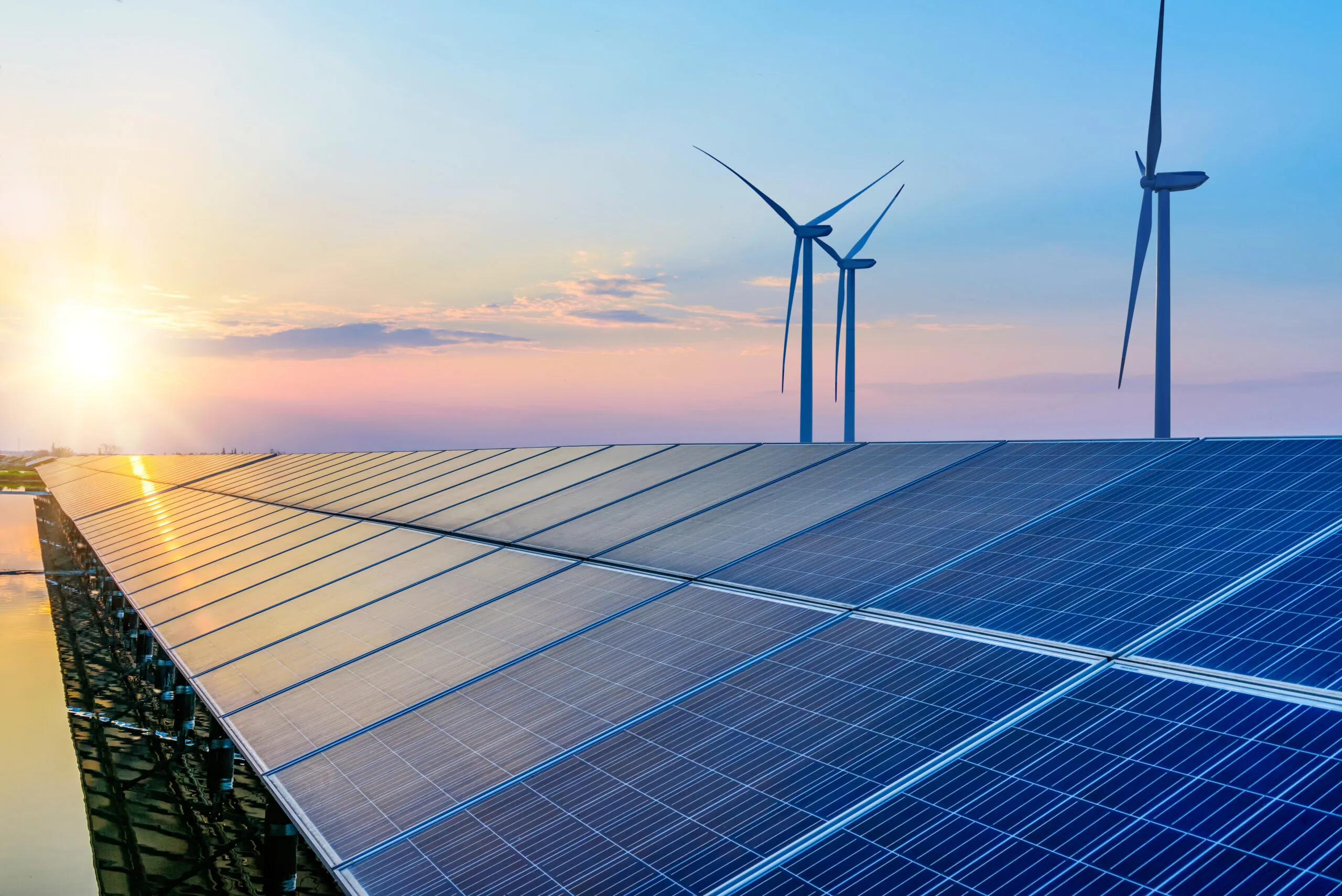Top Seven Tips When Introducing Renewable Energy to the Data Center17 min read

Whether due to corporate or governmental mandates or a desire to be more environmentally responsible, many data centers are adopting renewable energy.
“With the fear of reputational damage, lawsuits and penalties, many organizations feel the need to comply with regulatory sustainability requirements such as those related to green energy usage,” said Chandrika Dutt, Research Leader at research and consultancy Avasant. “This is driving innovation in data center design and operations.”
California’s Title 24 energy code, for example, requires all buildings, including data centers, to meet strict energy efficiency standards. Other U.S. states, such as New York, Oregon, Massachusetts, and Texas follow a more voluntary approach linked to tax incentives, grants and rebates and low-interest loans. Faced with this pressure, what is the best way to add renewable energy?
Here are some of the top tips:
On-site Renewables
Dutt cited some notable examples of data centers committed to sustainability and carbon reduction via onsite renewables.
“Google, Microsoft, Apple and Facebook have built facilities using 100% renewable energy and GreenQloud, a small cloud-hosting company in Iceland uses geothermal and hydroelectric power in its data centers.”
That’s all well and good for the big boys. But few can afford to build their own wind farms and solar farms. Those wishing to go this route should either partner with a utility to co-fund the project, seek government funding assistance or team up with several nearby businesses in order to split financing between each party.
Talk to Developers
There are a lot of wind and solar developers out there as well as utility executives tasked with finding ways to bring more renewable energy to their customers. Strike up a dialogue with these developers by arranging to meet them. You can find them at places like power and renewable energy trade shows. Additionally, speak to data center managers who have successfully added renewables and ask them to refer you to their contacts and partners. It is common for wind developers to have projects partially funded and to be looking for additional investors – or keen to set up power purchase agreements (PPAs) with customers who want to be supplied with green energy.
Consider Land Requirements
Those determined to build their own solar and wind farms should give careful consideration to land requirements. According to some estimates, a wind farm needs about 80 acres per MW of power. Solar energy requires about 10 acres per MW. These are rough figures. Some will say the numbers are much smaller. Regardless, a lot of land is needed for wind and solar and its cost of acquisition needs to be factored in. Permitting, funding to address local opposition and environmental study fees should also be considered.
Seek a Cost Benefit
Some data centers may have the resources to go green regardless of the cost. But most can’t. Therefore, it is advisable to seek a tangible financial advantage for transitioning to cleaner energy.
“While there are examples of organizations optimizing their data centers based on sustainability and Environmental, Social, and Governance (ESG) concerns and attempting to future proof their businesses from future regulations, what is arguably driving change is cost,” said Ben Stanford, an analyst at IT analyst firm GigaOM. “Energy prices in combination with energy security concerns have now moved much higher up the data center priority list.”
He suggested that data centers facing soaring utility bills use the problem to rethink their energy strategy. That might entail investing in rooftop solar to bring their energy bills down. If solar can supply a third of your energy needs, add up the utility bill savings over 20 years as a way to make a business case for solar installation.
Make the Negative Business Case
Adding solar to the data center may make economic sense over the long term in utility bill savings – or it may not. But there is an additional argument – adopting renewables to avoid loss of business.
It is becoming increasingly common for investors, shareholders and the general public to demand higher levels of environmental responsibility. 66% of investors believe it is an organization’s responsibility to demonstrate ESG performance. This applies to data centers, too. It is becoming more common for anyone choosing services at a data center or colo to require environmental credentials such as net zero decarbonization progress and the percentage of power the facility obtains from renewable sources. Those that can’t provide evidence risk losing business to greener competitors.
Purchase Green Tariffs and RECs
For those with few other options, a way to lower the carbon footprint is to purchase a green tariff from the utility or Renewable Energy Credit (REC) from a renewable energy producer – or on the open market. Those doing so should seek only reputable sources where the proceeds go to the development of additional renewable resources.
“Without accurate accounting of each REC issued, bought and sold, their credibility is questionable,” said a data center operator in the Eastern USA.
Prioritize New Data Centers
Those with multiple data centers or those wishing to expand are advised to give priority to new facilities rather than retrofits when it comes to renewables. A new location means you can choose a site close to existing green energy or adjacent to a wind or solar farm under development. This is likely to greatly lower costs. In an existing location, you are limited by the type of power contracts and power sources that are available at that location.
“We are primarily focused on improving sustainability with new construction opportunities,” said Jason Hick, Program Director of computing facilities at Los Alamos National Laboratory. “Only a small set of the sustainability projects offer sufficient economic incentive for data center upgrades or retrofits.”
Real-time monitoring, data-driven optimization.
Immersive software, innovative sensors and expert thermal services to monitor,
manage, and maximize the power and cooling infrastructure for critical
data center environments.
Real-time monitoring, data-driven optimization.
Immersive software, innovative sensors and expert thermal services to monitor, manage, and maximize the power and cooling infrastructure for critical data center environments.

Drew Robb
Writing and Editing Consultant and Contractor
0 Comments